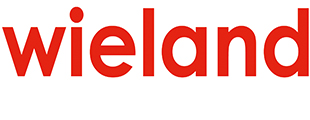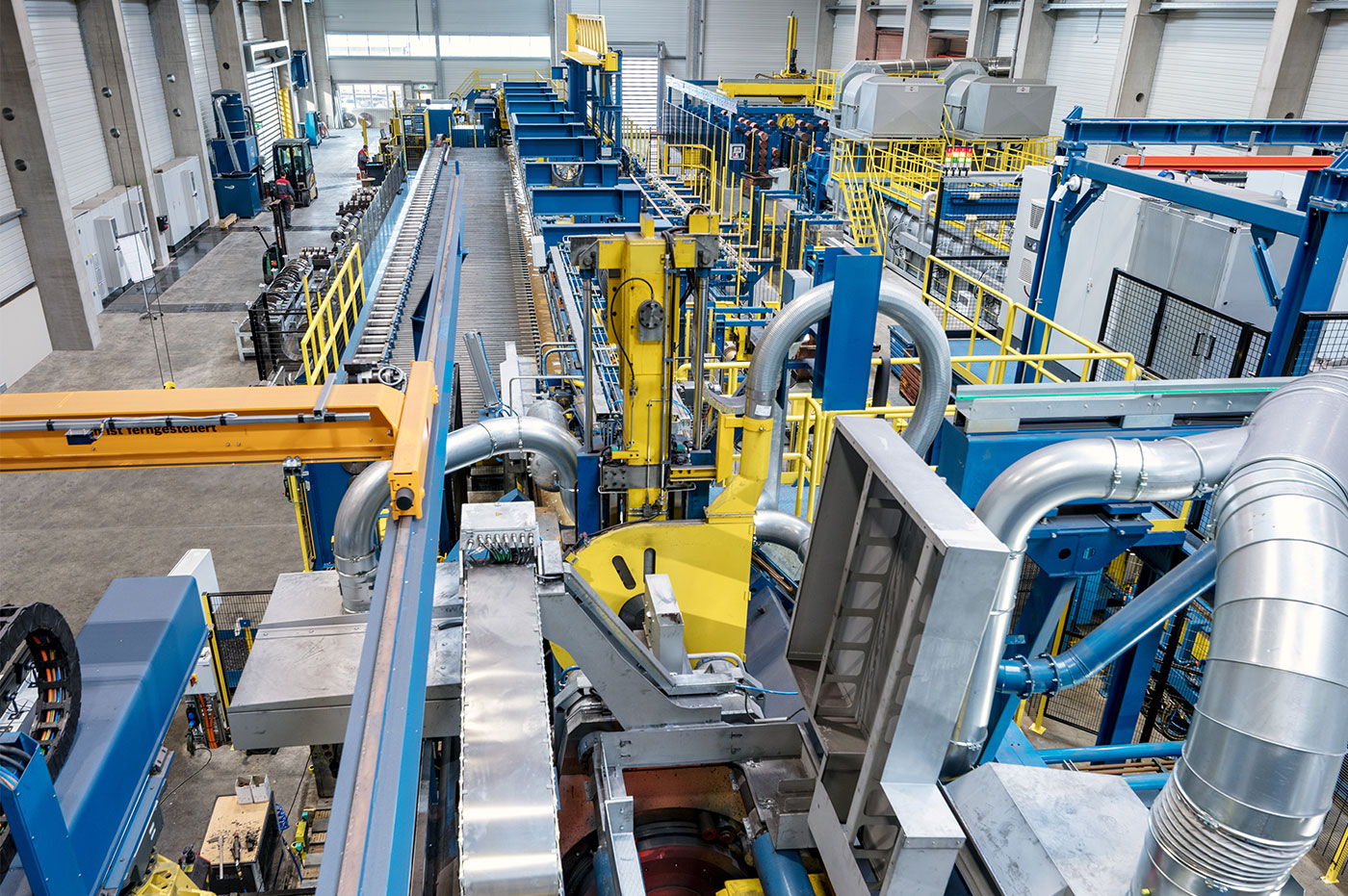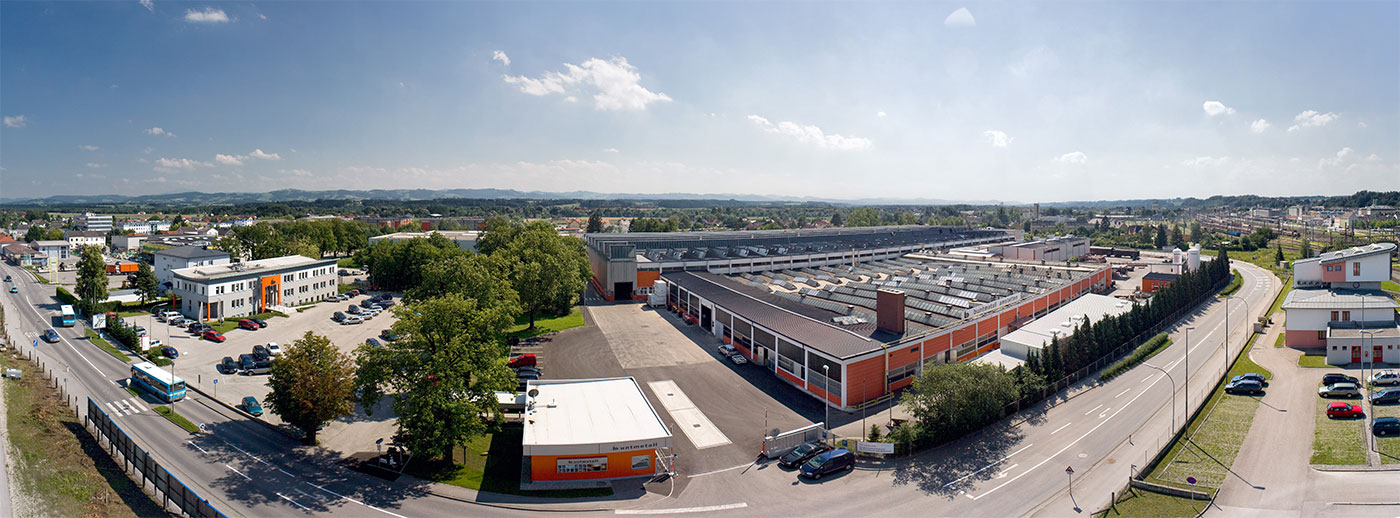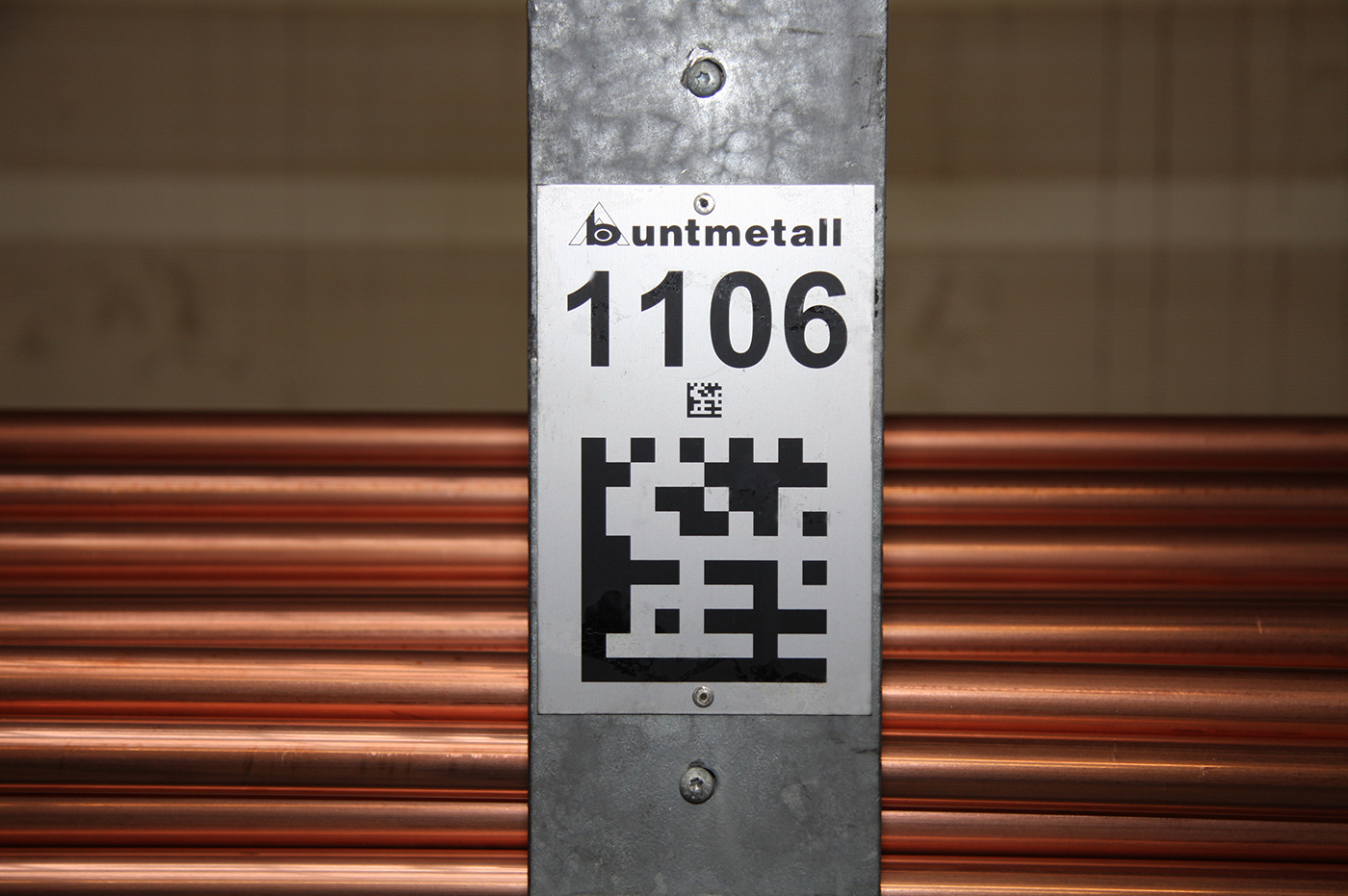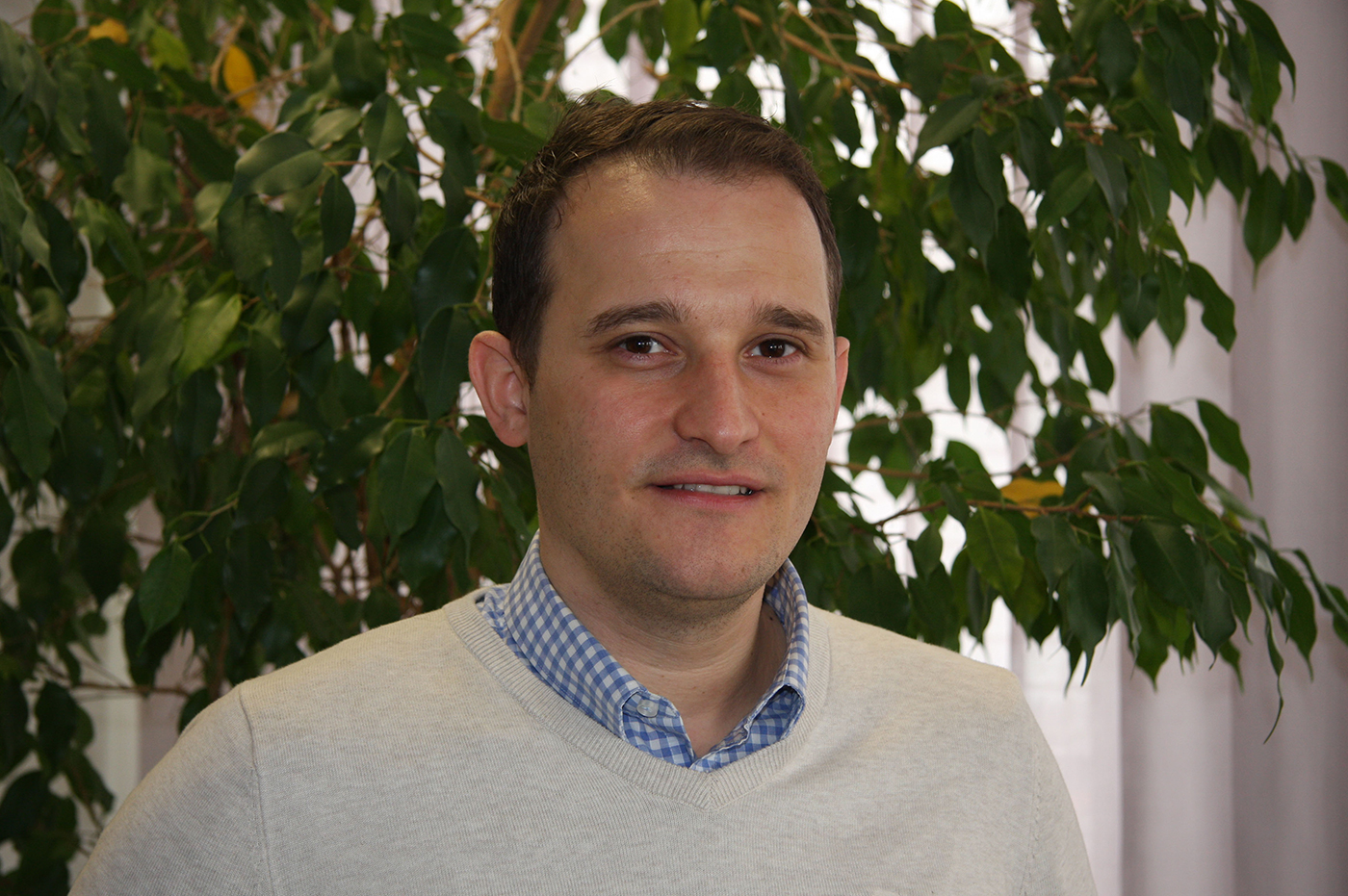Case Study Wieland
The implementation of cronetwork Transport and Forklift Management to augment an existing MES has enabled Wieland Austria Ges.m.b.H., producer of copper products and semi-finished products, to comprehensively optimize its intralogistics processes. Minimization of material search times delivered a massive increase in machine availability.
Best optimization results thanks to cronetwork
Minimization of time in searching for material
Improved availability of machines & systems
Savings on
transport
Transparency through integration
Complete overview for forklift operators
Efficient scheduling of transports
Optimized intralogistics with cronetwork
Hard numbers suggest the organizational complexity of production at Wieland Austria Ges.m.b.H. At two locations, over 630 employees annually produce some 35,000 tons of copper and copper alloy products. These include piping, rods and bars, profiles and finished products to be used in various branches as components and primary materials.
The production of piping encompasses products with a range of dimensions 4-250 mm o.d. and up to 4000 meters of coil length. This product range and a production structure that is strongly based on material flow pose serious challenges, especially for the intralogistics of the company.
Material searching impairs machine availability
“Our production structure includes over 70 different machines, on which products in over 1000 primary material variants are produced,” project leader Klaus Berger, MSc. describes the initial situation. “Each product has 5 to 25 different operations. Between operations, we need to store the materials directly in the production areas.” To organize their work flow, shop floor employees previously had only production plans in the form of job lists. What they lacked were the exact storage locations of the required material per operation and whether the material was ready for transport.
Alone the information about predecessor work centers and material specifications helped them to somewhat narrow the search area. All too often, this caused longer machine idle times due to complicated searching between operations and thus inadequate machine availability. In addition, only after the storage location was found could a transport request be submitted; this caused additional delay. Even then, it could not be guaranteed that the fork lift operator could immediately deliver the required material.
Major disruptor: searching for materials
Exact analysis of machine idle times showed that the search for and procurement of required materials was the major disruptor in production at Wieland. “We enter all machine idle times including disruption reasons in our MES. As we recognized how much potential we were losing due to searching for material, we immediately rolled up our sleeves,” says Klaus Berger, who was immediately assigned to the new logistic project.
The goal was quickly defined: to increase machine availability by minimizing search times. Berger adds: “We have been an Industrie Informatik customer from the start. Modules such as Plant Data Collection and Machine Data Collection have been running stably and effectively for years in our production. Therefore we took a closer look at the transport solution by cronetwork.” We quickly saw that many of our requirements were covered by the standard functions of this production software.
75% less waiting time due to transparent WIP
Today cronetwork Transport and Forklift Management has been completely implemented in production in multiple halls at the Amstetten site. Within a short time, the acquisition of a transparent WIP (work in progress) system has significantly reduced waiting times for material transports between machines.
The declared goal is to reduce waiting time for transports by 75% and to save 30% on transport costs. Toward this goal, Klaus Berger and his team sought to resolve the black boxes between operations. “We understood that we had to achieve transparency in order to get a handle on the problem of waiting time,” Berger describes the solution.
No later said than done: Today with a glance at the production software, the shop floor employee knows the storage location of the required transport units for his production jobs. If such materials are located in the same hall as the successor work center, then the worker can fetch them himself with an indoor crane. If the transport units are in a different hall, the worker triggers a transport job. This job is automatically directed along with other jobs in chronological order to the fork life operators, who handle the jobs with optimized work flow and deliver the requested material to the work center. Data matrix codes serve as the basis for identification of transport units and the associated storage locations.
If an operation involves multiple transport units, thus encumbering an overview, cronetwork Transport and Forklift Management provides additional support for the complete handling of the order in the proper sequence. At the end of an operation, the processed materials are again combined to transport units for further operations.
Further optimization potential
This Austrian manufacturing company sees more room for improvement in their intralogistics. Klaus Berger is looking to the near future: “One of our next steps will be to manage packaging. A large share of our products are delivered in wooden crates. Standard dimensions are lacking here, which poses logistic challenges.”
In addition, the possibilities of the powerful cronetwork MDC and PDC software are being used more and more. Currently a brand new extrusion press that comprises multiple components from different vendors is being connected to cronetwork.
Implementation measures include digital order sequencing, gapless process data archiving, and automated feedback for operations and material movement. This project will implement several aspects of Industry 4.0 (the smart factory) in a single machine.
The human success factor
For the management of Wieland, there was no doubt that the technical challenges of the transport project would be mastered. However, employee satisfaction was perceived as a significant success factor. To promote acceptance at all levels within the company, the development of the concept closely integrated shop floor employees such as fork lift operators and shift foremen. Thus the wishes and opinions of all future users could be considered, and additional advocates were won who completely supported the project.
“Today we can say that our objectives have been met. We have greatly improved machine availability along with motivated employees who identify with the new way of working, and we continue to work on additional optimization measures – thanks to the support of partners like Industrie Informatik,” Klaus Berger summarizes the successful logistics project.
photos: © Wieland Austria Ges.m.b.H.
Products:
copper and copper alloy products, e.g., pipes, rods, profiles
Staff:
630
cronetwork modules:
plant data, machine data, quality data, transport and forklift management
“We enter all machine idle times including disruption reasons in our MES. As we recognized how much potential we were losing due to searching for material, we immediately rolled up our sleeves”
